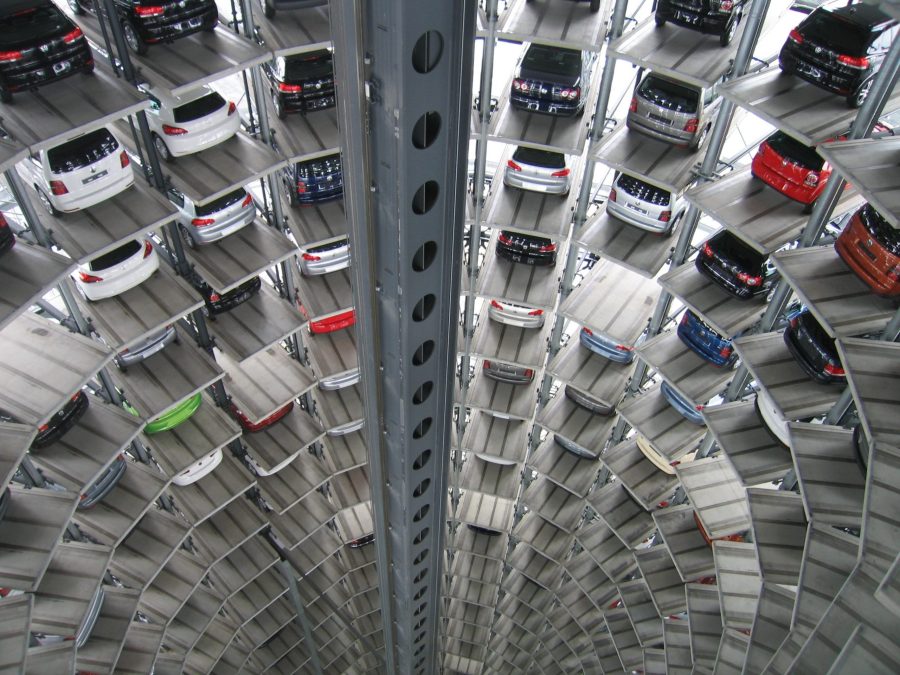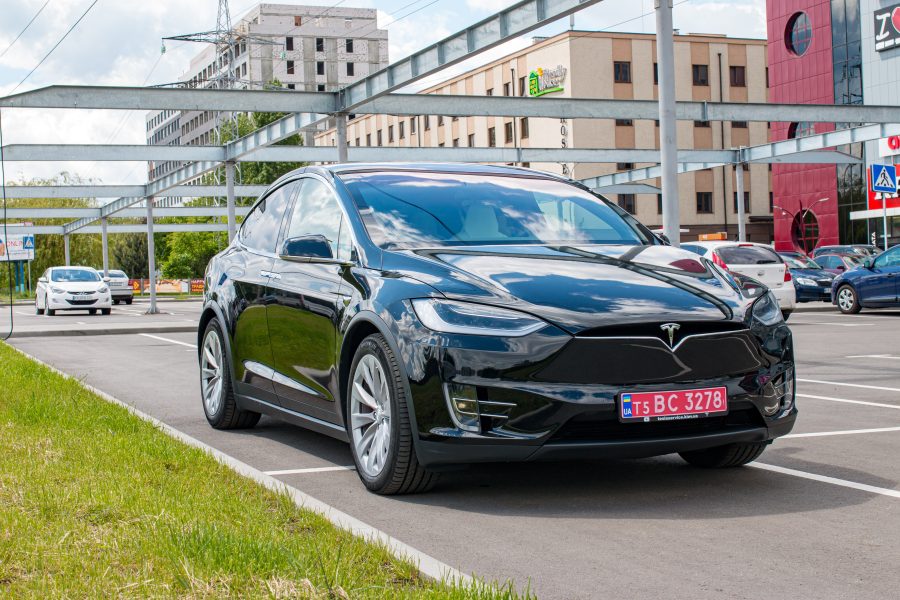The automotive industry has been witness to a remarkable year of technological advancements, redefining the way we drive and paving the way for a future of smarter, safer, and more sustainable transportation. From electric vehicles to autonomous driving systems, here are some of the groundbreaking inventions that have captivated car enthusiasts and industry experts alike.
Electric Vehicles (EVs) have continued their surge in popularity, with major automakers pushing the boundaries of performance and range. Tesla's Model S Plaid, for instance, boasts record-breaking acceleration and an impressive electric range, solidifying its position as a frontrunner in the EV market. Meanwhile, legacy automakers have stepped up their game, introducing compelling electric models that combine cutting-edge technology with luxurious comfort.

Autonomous driving systems have made significant strides, bringing us closer to a future where cars navigate the roads with minimal human intervention. Companies like Waymo and Cruise have been at the forefront, testing and refining their self-driving technology in real-world conditions. These advancements have the potential to revolutionize transportation, making roads safer and improving mobility for all.
Connectivity and infotainment have taken center stage, transforming cars into smart, connected hubs. Voice-activated assistants, like Amazon's Alexa or Google Assistant, have seamlessly integrated into vehicles, allowing drivers to control various functions, access information, and even make online purchases on the go. Additionally, advanced infotainment systems with high-definition displays and immersive sound systems have redefined the driving experience, keeping drivers and passengers connected and entertained.
Safety has been a top priority, with automakers implementing advanced driver-assistance systems (ADAS) to enhance road safety. Features such as adaptive cruise control, lane-keeping assist, and automatic emergency braking have become increasingly common, reducing the risk of accidents and providing drivers with added peace of mind. Additionally, innovative technologies like blind-spot monitoring, rear cross-traffic alert, and 360-degree cameras have improved visibility and awareness on the road.
Sustainability has also been a driving force, with automakers investing in greener solutions. Hybrid and plug-in hybrid vehicles have gained popularity, offering a balance between internal combustion engines and electric powertrains. Moreover, hydrogen fuel cell technology has shown promise, providing a zero-emission alternative for long-distance travel.
As we reflect on the remarkable innovations that have shaped the automotive industry this year, it becomes evident that the future of mobility is evolving at an unprecedented pace. From electric vehicles that redefine performance to autonomous driving systems that promise safer roads, the automotive landscape is undergoing a remarkable transformation. As car enthusiasts and industry experts eagerly anticipate what lies ahead, one thing is certain – the automotive industry's commitment to innovation will continue to push boundaries, revolutionizing the road for generations to come.


